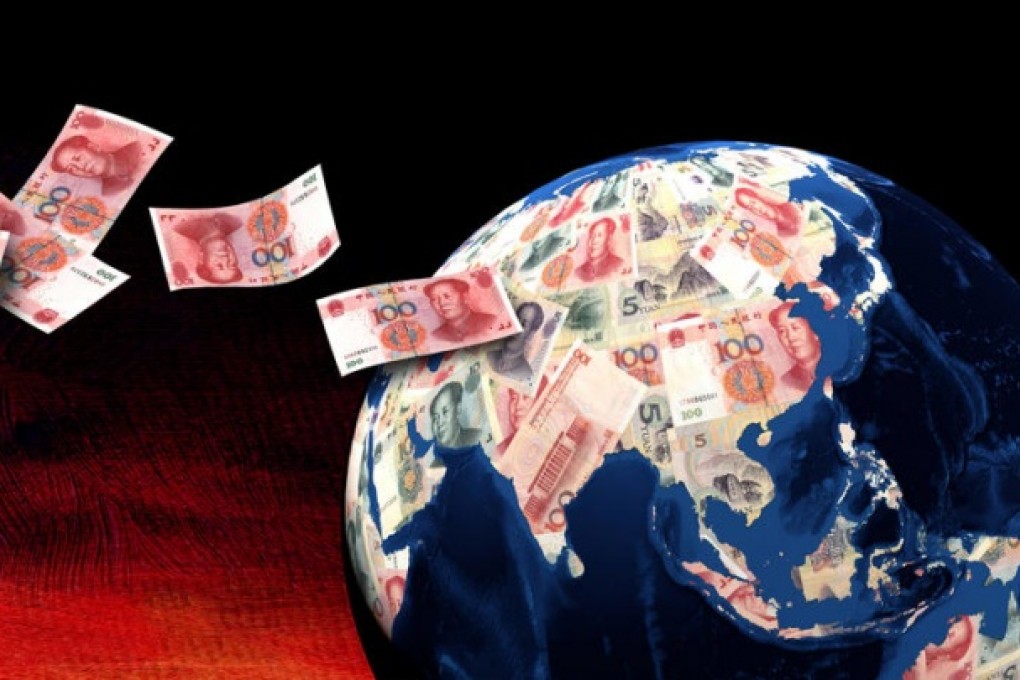Analysts say moving too fast on yuan convertibility will be risky
Beijing is stepping up moves towards yuan reform, but analysts say the process is fraught with danger because of weak export demand

Beijing is stepping up its efforts to make the yuan a convertible currency for use in international trade and investment, but analysts say the central bank should tread carefully given the challenges posed by rapid capital inflows and weak export demand.

It's understandable that the new leadership in Beijing has chosen currency reform as a more straightforward task to start with before it gains the confidence and support to tackle much tougher problems, such as an overhaul of income distribution or land ownership.
However, many observers think the conditions and timing may not be right for swift action. They worry that drastic changes may induce a high level of volatility in financial markets and dampen the mainland's slowing, still export-reliant economy.
Interest rate and exchange rate liberalisation could accelerate rapidly
"The government appears to be determined to achieve basic convertibility of the capital account by 2015 and full convertibility by 2020," Barclays Capital economists, including Huang Yiping , wrote in a research note, setting out a road map that is in line with Beijing's 12th five-year plan, which runs until 2015, and remarks made by various government officials.